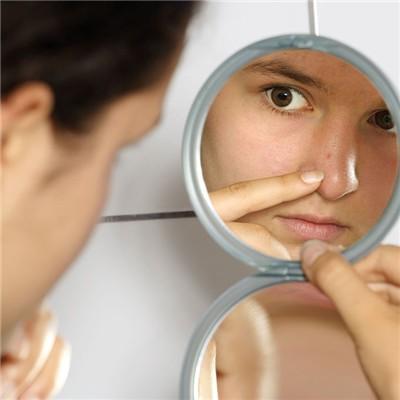Polyvinylene poisoning symptoms?
summary
In the production environment, long-term exposure to vinyl chloride gas caused by nervous, digestive, respiratory and other system diseases, and lead to acrolytic osteolysis or hepatic angiosarcoma clinical changes, known as vinyl chloride poisoning. In industry, vinyl chloride is mainly used to make PVC monomer, and the cleaning workers have the most contact, followed by centrifugation, drying or rush repair. Vinyl chloride mainly enters the human body in the form of gas through the respiratory tract, but also through the skin. People have dizziness, shyness, nausea and vomiting at the concentration of 30g / m3; When the concentration is 180g / m3, anesthesia symptoms may appear. Polyvinylene poisoning symptoms? Let's talk about it.
Polyvinylene poisoning symptoms?
(1) irritation: the symptoms were transient irritation of upper respiratory tract mucosa, congestion of eyeball conjunctiva, congestion of pharynx, mild cough, etc. there were no positive signs in the lung and no anesthesia symptoms. Long term exposure to vinyl chloride can have multiple system effects on human health, such as neurasthenia syndrome, Raynaud's syndrome, peripheral neuropathy, acrolytic osteolysis, hepatomegaly, abnormal liver function, thrombocytopenia, etc.
(2) mild poisoning: it has the symptoms of pre anesthesia, such as dizziness, headache, weakness, nausea, chest tightness, drowsiness, gait staggering, etc. And can appear heart rate slows down, blood pressure drops wait for a sign. If you leave the scene in time and breathe fresh air, you can recover.
(3) severe poisoning: the above symptoms worsen, and may cause disturbance of consciousness, even coma, convulsion, dryness, blood pressure drop, etc., and may die due to respiratory and circulatory failure. According to the history of exposure to high concentration of vinyl chloride in a short period of time and the clinical manifestations of anesthesia, the diagnosis of acute poisoning can be made by excluding other diseases in combination with the on-site hygienic investigation and the determination of the concentration of vinyl chloride in the air.
matters needing attention
1. Strengthen the airtight and ventilation of production equipment and pipelines, and control the concentration of vinyl chloride in the air of the workshop within the occupational exposure limit. 2. Strengthen the health monitoring, check up once a year, and check the finger X-ray and liver function every 1-2 years for those with high exposure concentration. Patients with mental, nervous system diseases, liver and kidney diseases and chronic skin diseases are not allowed to work with vinyl chloride. 3. Before feeding, discharging and cleaning, ventilate or wash with high-pressure water, wear protective clothing and air supply type gas mask.














